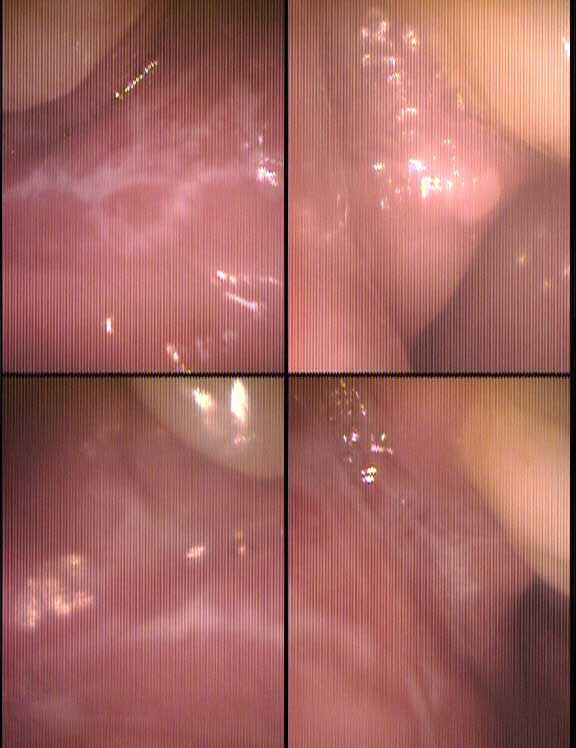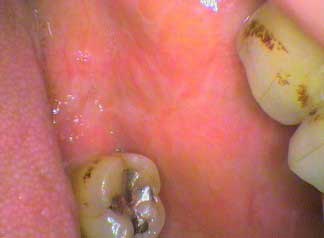Different Types of Lesions in the Mouth – Part 3 – Autoimmune and Cancer
There are lesions that appear to not cause immediate discomfort or pain. You may think that’s not so bad. The problem is when it’s obvious there is an issue, it’s too late. Often a dentist will notice changes in the mouth, usually a colour change or an ulcer that does not heal. Basically it means there is a chronic irritation that the body is responding to. This causes changes in the structure or processes of some cells to change.
Some of these changes appear as white patches on the gingiva or mucosa of the mouth, i.e. the pink internal skin that covers the bones and muscles. This is called leukoplakia. Sometimes we know the causes of these irritations, such as smoking spices and alcohol. Other times we don’t know the cause, such as in a condition known as lichen planus. The leukoplakia appears as squiggly white lines, known as striae. Many believe it is an autoimmune disease, and can be quite irritating.

However any chronic irritation from any cause can lead to changes within the cells. This may eventually lead to precancerous conditions. This needs to be observed closely and even biopsied or even begin more treatment. With the example of Lichen Planus concern is raised when the appearance of the condition becomes very inflamed and the some layers of the mucosa are lost. This is called an Erosive Lichen Planus and is precancerous and needs further investigation and treatment.

There are areas of the mouth where any change to the appearance of the mucosa is viewed with concern are:
- The floor of the mouth (under the tongue behind the front teeth)
- The tongue – especially along the edges
- The lips – especially for melanomas
- The internal aspects of the cheeks
Essentially any changes or any lesion that does not heal in two weeks, such as an ulcer, should be monitored and tested. Unfortunately, cancer does not always cause pain, especially in the early stages. When it’s obvious what it is, it’s often too late.
Regular examinations by the dentist can save your life.
Every six months (one hour a year) is all we ask.
Need an Appointment?
If you’d like to book an appointment with the dentist at Seymour Dental then call us in Dulwich Hill, Sydney on (02) 9564 2397 or
contact us
Next week
Geographic Tongue